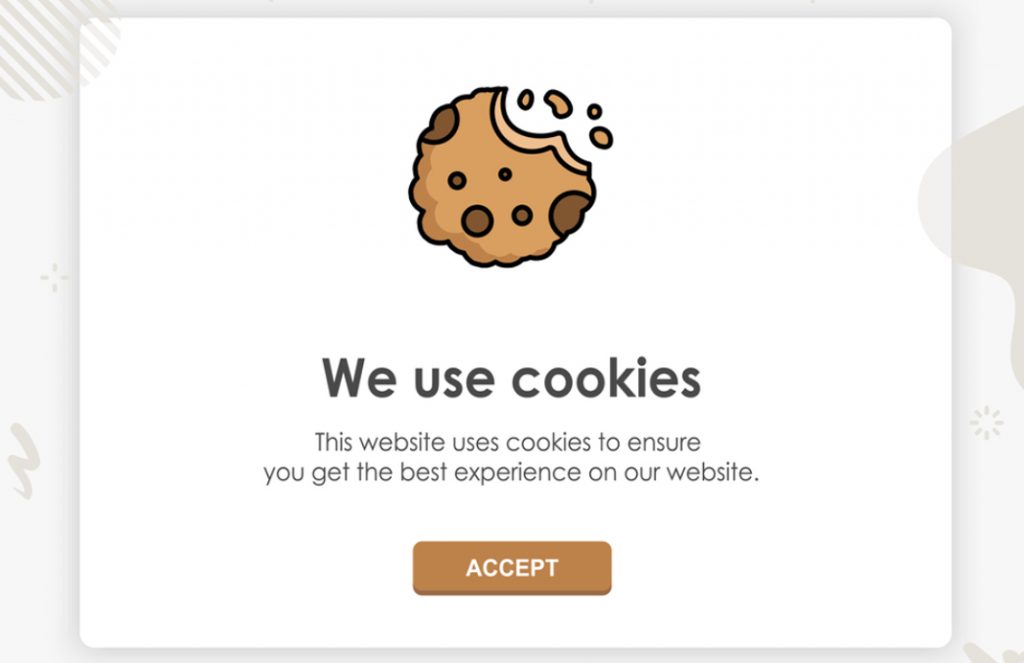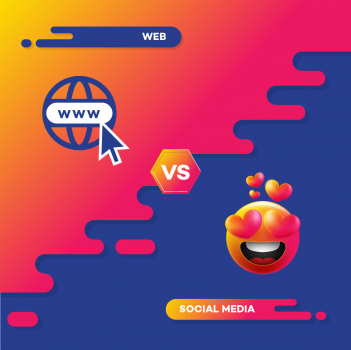
Third-Party Cookies

Third-party cookies are gathered data that are used to help businesses run various necessary processes on the internet. They were first used in the year 1990 for shopping websites to “remember” what items a buyer added to their cart. Later on, their usage expanded to include tracking of users across different and recording their browsing history.
In short, cookies are a reliable tool to launch relevant information according to internet user behavior.
There are many types of cookies. The two crucial ones are first-party cookies and third-party cookies. First-party cookies are stored from websites. These help websites remember user data used to improve their website experience. Third-party cookies are created and saved from external websites, instead of the one the user visits. These cookies can track users across different domains and retarget them through personalized messages.
End of Third Party Cookies
Think about just how long we’ve talked about customer-centricity in marketing. Now, ask yourself how many brands in Kosovo have truly achieved this ideal.
On paper, it seems like we have the tools to understand our audience, unite and apply those insights to our marketing strategies, and deliver frictionless customer experiences. Yet, few of our organizations fully realize that potential.
One common obstacle is the lack of integration among all the customer-data technologies across the enterprise. Another is data privacy regulations, which make it harder to harvest that customer data in the first place.
But an even bigger complication looms on the horizon. It’s poised to cause the next seismic shift in marketing: the end of the third-party cookie.
In 2020 Google has announced they’ll be joining Apple and Mozilla in the omission of cookies from their browser. This is thought to be finalized in the year 2022. Google Chrome covers 64% of the global browsing market online, Apple Safari follows with 19%, while Mozilla Firefox does 4%, and together they own 87% of this market.
This means that cookies have been running the online advertising economy for the last two decades. However, soon they will remain history. Although we do not know what the future will look like without cookies, the largest tech companies in the world will surely invest heavily to provide a credible alternative.
What Marketers Should Know

Internet privacy is a political issue and new regulations such as the EU GDPR have a much wider scope than just cookie-based tracking.
Facebook has always tried to show the success of personalized advertising as proof that consumers want this type of cookie-based advertising, but there are some that say otherwise. eMarketer estimates that by 2021, 27% of internet users have an ad blocker enabled on their electronic devices. These ad blockers prevent part of the JavaScript code from being executed on the page, so cookies cannot be created.
The problem is that third-party cookies are also being used for the black economy. For example, some ad-tech companies have done non-consensual data gathering in order to collect and sell data.
Regulations such as the EU GDPR have created more awareness for these challenges, with businesses now being required to be much more transparent about data storage. The EU GDPR is just the beginning, and other regulators around the world are much more concerned about user privacy today.
Despite this recent development, web browsers like Mozilla Firefox and Apple Safari have started working in this direction before being forced to restrict tracking.
What is Google Doing
Why would Google, announcing that it would remove third-party cookies by 2022, pursue such a self-destructive direction given that it makes most of its revenue from ads that use third-party cookies?
Why is Google not taking the same stance as Facebook, which is resisting Apple’s iOS 14 update on the grounds that it will restrict data entry from Facebook Pixel?
Google has embraced the industry change in terms of data regulations and has focused all its energy on adapting to a new way of working. Google’s goal is to develop an alternative that others will follow.
What Comes Next
Apple CEO – Tim Cook made an optimistic statement at a 2019 conference: “Technology does not need large sets of personal data combined into dozens of websites and applications to succeed. Advertising existed and flourished for decades without it. ”
As Apple is not withheld from advertising revenue, this statement may suggest that the company is enjoying its new role as “privacy protector”.
As a result, even Google has warned that there will be zero tolerance for unethical techniques that would circumvent its new rules. From 2022, all “User Level IDs” will be restricted within Google Chrome. This includes the practice of fingerprinting, which uses the configuration of a machine to identify individual users.
Google’s main announcement was a “Sandbox Privacy”, which will use federated learning, that collects data anonymously from individual devices. Confidential data will remain on the device, but the algorithm will still be able to learn from models in different groups.
Under this proposal, advertisers will not be able to target individual users, as they can do today through remarketing. Instead, they would target groups that show an interest in their product or service through their online behavior.
What should Marketers Do?

The most obvious change from this whole discussion is the shift from individual user tracking to more contextual advertising. This means becoming part of the client’s journey, rather than following each client’s journey as a spectator.
For example, in the automobile sector, brands would aim to target the behaviors that customers display on their journey to the purchase of cars, and then create content that fits that journey. This may seem like positioning ads alongside articles that provide information on certain car models, or YouTube videos of recent campaigns also shown on TV.
It is also recommended that advertisers focus as early as possible on creating their own first-party data. Already all businesses that have websites have legitimate relationships with their browsers through these websites. If the focus is on building relationships or improving customer experience, based on data provided directly from the customer, then a very effective targeting can be achieved for the audience.
How to Create First Party Cookies
User registration – Users are given the opportunity to register in exchange for their data, in order to create a first-party data strategy that will be used to personalize future experiences. This used to be done through the use of third-party data. Now, instead of being an option, it is a task that advertisers themselves must do.
Progressive Profiling
The next step beyond user registration is the additional collection of user data. This includes demographic data and other attributes you want to know. Progressive profiling is not always about filling out any form, but there are some other alternatives including sending some data in the form of buttons and clicks to clients. Additionally, targeted emails that have different collections of buttons from which consumers have to choose from and which in themselves include attributes that are automatically uploaded to the first-party data creator with information about the user. This form of first-party data creation is very applicable in sales situations from B2B.
Event-Based Tracking
Besides clicks and other basic methods to add user attributes, data collection through event-based tracking provides an advanced form of user data collection. This is going to provide another level of first-party data intelligence and user profile enrichment.
Conclusion
The future looks safer for online browser users. We may not see ads on topics that we talked about, or even just thought about. On the other hand, this change may affect a small number of businesses. Nevertheless, the opportunity for online advertising to succeed will always be there.









